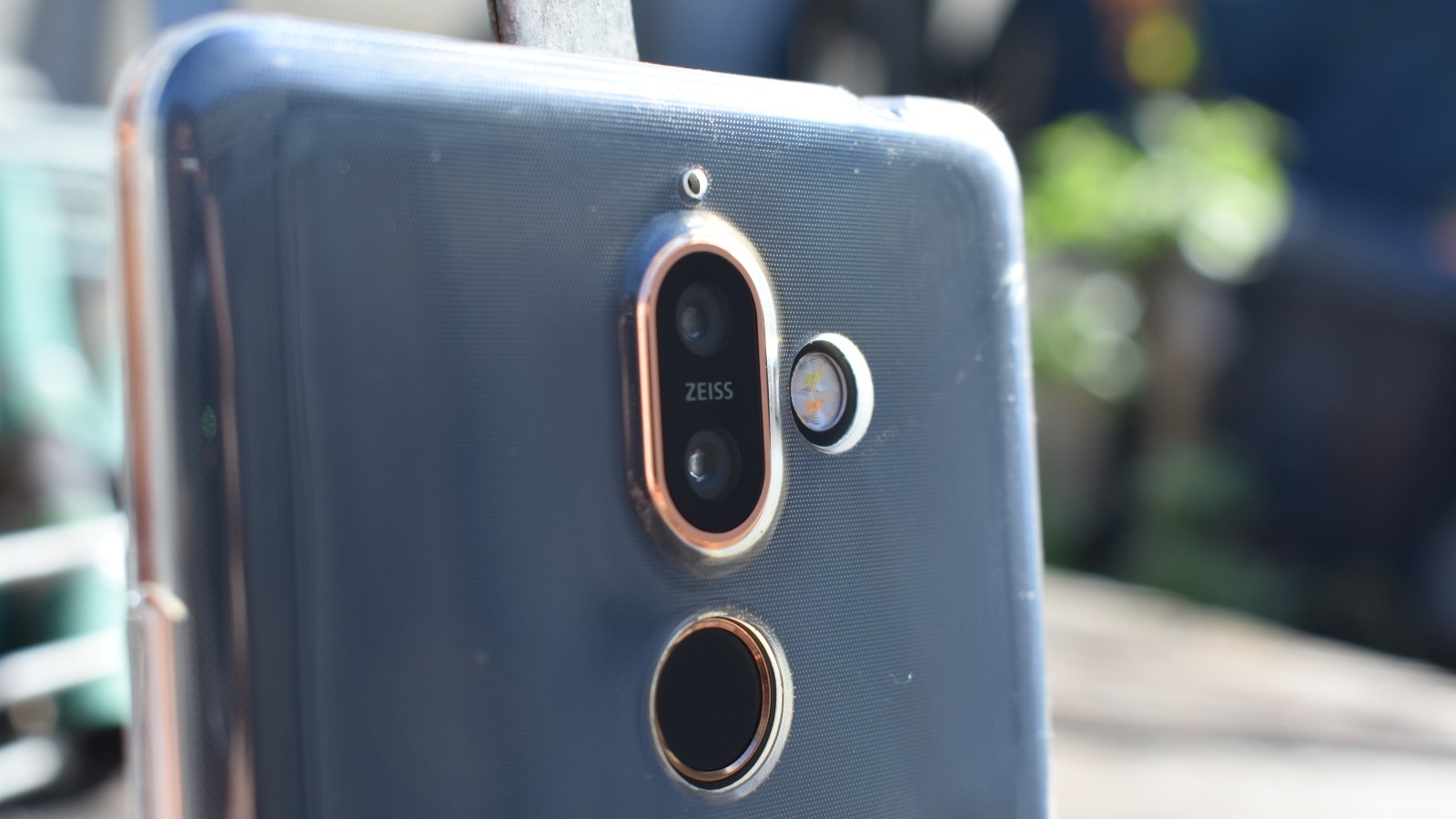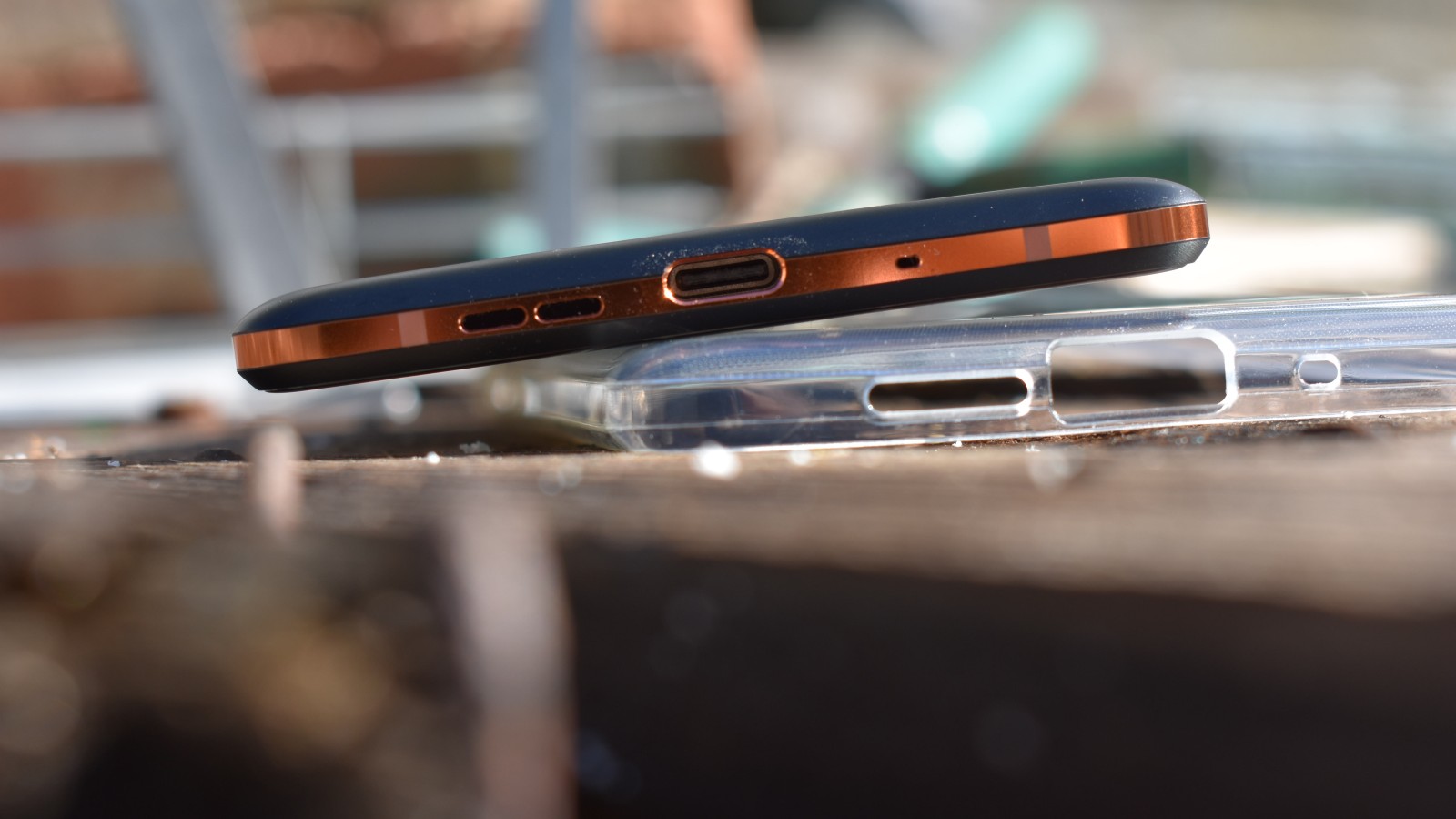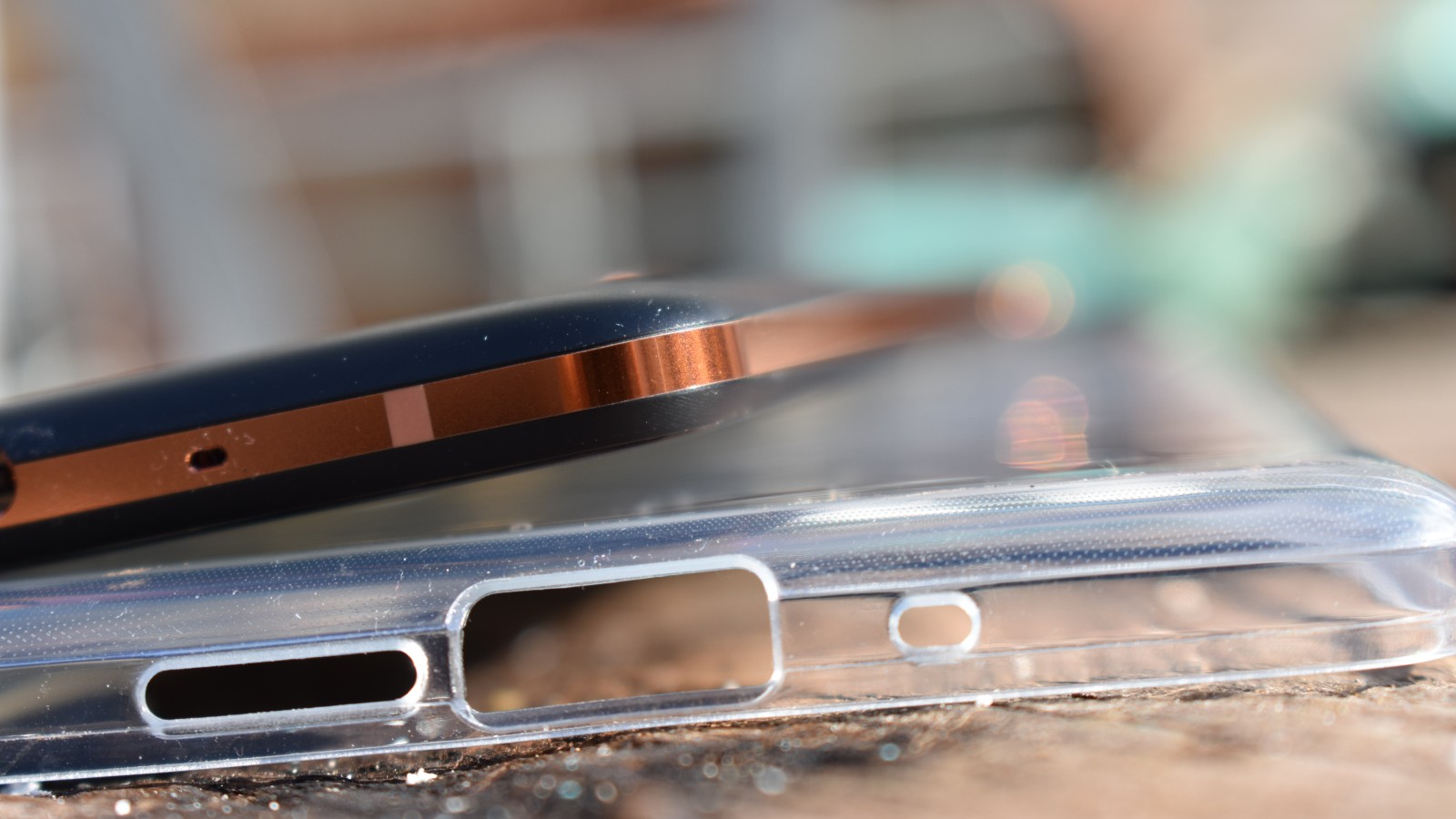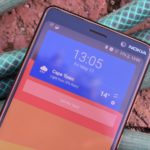Side hustles are no longer optional in South Africa. With food inflation still above 8 percent and electricity, transport and mobile data costs climbing…
Nokia 7 Plus review: the best phone of 2018 thus far

Hot take: flagship smartphones are boring. The only innovation that’s sweeping across this segment lies in the marketing material. But just a few rungs lower on the device ladder, the smartphones playing a supporting role and not carrying the weight of public brand perception on their shoulders — are the most exciting
Jostling for position, manufacturers try desperately to undercut one another on price in the upper mid-range segment, while adding almost as many creature comforts you’ll find on flagships. For instance, the Nokia 7 Plus.
In many ways, the 7 Plus is much the company’s large-screen flagship as it is a true Nokia 3310 successor; a phone that harbours the ethos of the the sturdy, reliable and dependable 3310, while embracing some of 2018’s nicer smartphone advancements.
It’s a phone that actually provides two interesting questions for consumers and manufacturers to ask: what constitutes a flagship, and do you really need one?

Based on my time with the Nokia 7 Plus, the first question is a little more difficult to answer. Although its not supposed to be playing with its more expensive flagship rivals, it’s a plucky phone that exudes a flagship aesthetic, distinct design flourishes and a large screen.
Nokia’s nipped and tucked where necessary to make one of the prettier phones in its stable. With a textured ceramic-like rear plate flanked by sharp copper sides and a cold screen coated in Gorilla Glass 3, the phone’s an attractive package.
It’s also the company’s largest phone, boasting the now as-common-as-pigeons 18:9 screen aspect ratio. But there’s no notch, so bezels are aplenty at the phone’s forehead and chin. It doesn’t spoil the aesthetic package, but it does mean you can’t comfortably slide it into a pair of skinny jeans.

Nokia 7 Plus specifications:
Dimensions: 158mm tall, 76mm wide, 8mm thick
SIM type: Dual Nano SIM
Weight: 183 grams
Screen: 2160×1080 | 6.0-inch | IPS LCD | No HDR support | 18:9 aspect ratio | 403 pixels per inch
CPU: Qualcomm Snapdragon 660 | octa core | 4 2.2GHz Qualcomm Kyro 260 cores and 4 1.8GHz Qualcomm Kyro 260 cores
GPU: Qualcomm Adreno 512
RAM: 4GB
Battery and power: 3800mAh fixed | no wireless charging | Qualcomm fast-charging support
Storage: 64GB, microSD card support
Rear camera: dual camera array | 12MP sensor with f/1.8 25mm lens and 13MP f/2.6 lens | Electronic Image Stabilisation, Phase Detection autofocus, 2x ‘optical’ zoom
Selfie camera: single camera array | 16MP sensor with f/2.0 lens | autofocus
Video support: 2160p at 30 frames per second
Radios: Bluetooth 5.0 LE | dual band WiFi 802.11 ac | NFC | 4G LTE | A-GPS, GLONASS and BDS
I/O: USB Type-C 2.0 | 3.5mm headphone jack
OS: Android 8.1 Oreo | Android One
Other features: no water resistance rating | no FM Radio | rear fingerprint reader | Corning Gorilla Glass 3 screen protection
Colours: Black/Copper | While/Copper
Release Date in SA: May 2018
Recommended Retail Price: R5999
Beneath its metal skin lurks a Qualcomm Snapdragon 660 chipset — one of the better new-generation mid-range Qualcomm chipsets currently in service, but not as quick at the Snapdragon 845 found in Sony’s Xperia XZ2 or the LG G7 ThinQ. Blazing speed isn’t always needed though, and the 660 is a good fit for the 7 Plus especially with no custom implementation of Android. This gives a welcome impression of speed, especially while navigating the UI within Android.
The 660 is also plenty for the 2160×1080 screen, which itself is quite a looker. While it highlights hues hard it doesn’t ever seem to sacrifice clarity. It is painful to use outdoors on a bright day though. Even cranked to its maximum setting, I struggled to read black WhatsApp messages on a white background. It’s decidedly dull as dishwater.

Behind the screen, you’ll also get 4GB of RAM — the Goldilocks zone for smartphone memory at present — and 64GB of internal storage. The latter can be buffed using a microSD card expansion slot, which you’ll definitely want to use eventually. That 64GB runs out more quickly than you’d realise (especially with Google Play Music, podcasts and Netflix downloads).
Speaking of media, the Nokia 7 Plus also features dual cameras at the rear. That would be a 12MP sensor and a 13MP sensor pair, enabling two-times zoom. Sadly, this is one part of the phone that doesn’t do the entire package justice. The cameras are pretty underwhelming.

Nokia 7 Plus Review 1

Nokia 7 Plus Review 2

Nokia 7 Plus Review 3

Nokia 7 Plus Review 4

Nokia 7 Plus Review 5

Nokia 7 Plus Review 6

Nokia 7 Plus Review 7

Nokia 7 Plus Review 8

Nokia 7 Plus Review 9

Nokia 7 Plus Review 10

Nokia 7 Plus Review 11

Nokia 7 Plus Review 12

Nokia 7 Plus Review Samples 005

Indoors with decent light, shots aren't too bad.
Nokia 7 Plus Review Samples 006

Hungry? I am. 🙁
Nokia 7 Plus Review Samples 007

I took this shot while slowly walking up this flight. It's pretty clear.
Nokia 7 Plus Review Samples 008

A washed-out selfie. Not sure if it was me, the phone, or Monday.
Nokia 7 Plus Review Samples 009

A pretty detailed snap of a Fujifilm review camera. Excellent dynamic range and clarity here.
Nokia 7 Plus Review Samples 010

Cape Town station is a great place to snap moving subjects, but the dynamic range wasn't as balanced here as I would like.
Nokia 7 Plus Review Samples 011

A night time snap. Admirable, but nothing compared to the S9+ or P20 Pro.
Nokia 7 Plus Review Samples 012

You have to stand extremely still while snapping at night, and the pro mode doesn't really help you out much either.
Nokia 7 Plus Review Samples 013

A great example of how the Nokia 7 Plus has no concept of highlighting light and dark areas in images.
Nokia 7 Plus Review Samples 014

It was a pretty dark day, not a terrible result.
Nokia 7 Plus Review Samples 015

Nokia 7 Plus Review Samples 017

Nokia 7 Plus Review Samples 001

Not a bad selfie from the 16MP snapper up front.
Nokia 7 Plus Review Samples 002

Just nice, pleasant and balanced colour reproduction. Also you've got to love the details in this shot.
Nokia 7 Plus Review Samples 003

The Nokia 7 Plus can shine when given the opportunity.
Nokia 7 Plus Review Samples 004

The optical zoom mode is a bit of a dog's breakfast.
For one, optical zoom remains a gimmick if the camera’s general performance is lacklustre. And on the 7 Plus, it sadly is. Images in dreary conditions largely mirrored the mood of the weather: dynamic range fell apart, with light scenes overly bright and darker areas left unclear.
Snaps at night with sufficient light — be it from traffic lights or cars — can be forced to look good, but they do tend to be dark, underexposed compared to the likes of the Huawei P20 Pro and Samsung Galaxy S9+. But general photographs of buildings and trees taken during the day were respectable, albeit average. Dynamic range seems to be this phone’s real problem, even when HDR is on. But at least saturation levels are close to ideal. There’s no overbearing reds or greens as you’ll find on Samsung’s flagship cameras of yore.

But unlike Samsung, Nokia’s Pro camera mode is dire. And for the life of me, I can’t quite understand why manufacturers still haven’t made their Pro camera modes update the viewfinder in realtime as you adjust settings. The LG G4 did this some three years ago. There’s no excuse for manufacturers to not include this in their devices in 2018.
The selfie camera — strangely enough, a larger 16MP sensor mated to a f/2.0 lens — isn’t bad at all. In fact, it could be better than the phone’s rear snappers. It comes with 2018’s gaggle of portrait mode trickery, but when controls are left to the operator results are admirable.
While the camera performance isn’t as crisp as a flagship, Nokia doesn’t punt the 7 Plus’s camera performance hard in its marketing material. Instead “a phone you can rely on” its its quip, and it’s accurate enough. This really is it’s strongest draw card.

Paired with Google’s Android One programme, the Nokia 7 Plus receives regular, near-monthly Android updates on naked Android. And as a result it feels about as optimised as any flagship device. Perhaps that’s just a placebo knowing the phone’s not weighed down by bloatware, but perception is an important factor when using a phone.
This does however come with a side-effect (or call it a positive). The phone comes installed with Google’s apps and Google’s apps alone. There’s no other software so you’re forced to download additional apps like WhatsApp and Facebook if required. This does make owning a 7 Plus more technical than most other devices.
There are other issues I have with Android 8.1 Oreo. The notification controls remains a mess (but less so than iOS 11), and Google still resists developing a dark mode for any of its apps other than YouTube. But it’s comforting to know that this phone will continue to receive software updates — likely through to Android Q — well after launch, something other companies fail to do less than a year after their devices release.

Arguably, the one area of smartphone development standing still at present is battery tech. Thankfully, Nokia shoved a pretty large reservoir in this phone. At 3800mAh, it’s larger than the P20 Pro, S9+ and LG G7. I didn’t experience the drain other reviews have hinted at, obtaining around a day and a half of usage between charges. Generally, the battery will leak quickly if you’re outside, snapping images with the backlight cranked all the way up. But simple daily usage won’t trouble it too much.
This little engineering accomplishment is admirable, considering the phone only weighs around 183 gram. And as for charging, there’s unfortunately no wireless wizardry here. Just a good ol’ USB Type-C port, and Qualcomm fast charging. The latter is definitely needed considering the 7 Plus’s battery size.
One final thing: Nokia didn’t feel the need to rip the headphone port off the 7 Plus either, keeping a host of users who don’t yet want to invest in wireless audio technology happy. Thank you, Nokia.

After a month with the Nokia 7 Plus, I can safely say that it’s unspectacular. There’s no real game changing feature here. It’s not going to set the smartphone world alight. There’s no notch, or fancy AI tech. But what the phone does have is utilitarianism, and utilitarianism in abundance.
It does pretty much everything well, and nearly as well as some flagship smartphones. And this neatly brings us back to the second question: do you really need a flagship?
Nokia’s 7 Plus provides about as good an argument as any for answering “no”. Priced at R5999, it’s nearly R5000 cheaper than its big brother Nokia 8 Sirocco, and R7000 cheaper than the Huawei P20 Pro and Samsung Galaxy S9+. Dare I say, the 7 Plus wouldn’t feel too out of place among these phones either.
It’s rare to find smartphones this balanced in 2018. Granted, it has its flaws, but its the value for money that makes the Nokia 7 Plus a phone of the year contender.
Verdict: The Nokia 7 Plus is about as sincere a phone as you’ll get in 2018, but it does have flaws. The camera experience could be better, while the outdoor usage experience is average at best. But beyond that, the phone offers near-flagship level specs for nearly half the price. This is probably the best bang for your buck device you can buy right now.
Score: 9/10






























